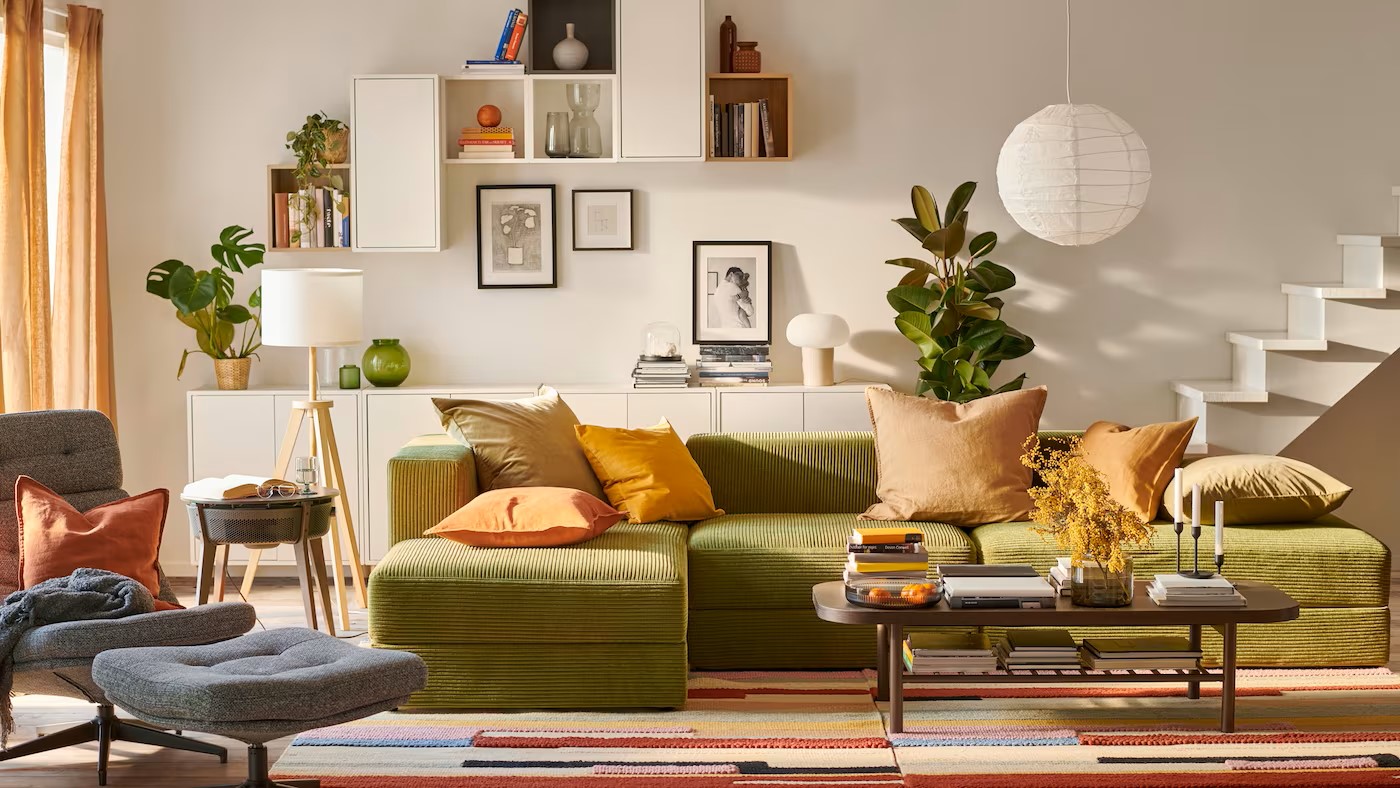

Articles
What Is A Living Room
Modified: March 19, 2024
"Discover informative articles about living room design, decor, and functionality. Find inspiration and ideas for creating your perfect living space."
(Many of the links in this article redirect to a specific reviewed product. Your purchase of these products through affiliate links helps to generate commission for Storables.com, at no extra cost. Learn more)
Introduction
A living room is an essential and multi-functional space in any home. It serves as a central hub where family members and guests gather to relax, socialize, and engage in various activities. Whether it’s watching TV, reading a book, hosting a game night, or simply enjoying a quiet evening, the living room provides a comfortable and inviting environment for these moments.
Not only is the living room a place for relaxation, but it also represents the personality and style of the homeowners. It is a space that can be designed and decorated to reflect individual tastes, preferences, and lifestyle. From the choice of furniture to the color scheme, every element plays a role in creating a cohesive and harmonious atmosphere.
Throughout the article, we will explore the different aspects of a living room, including its definition, purpose, furniture, design ideas, and maintenance. Whether you are looking to revamp your existing living space or are in the process of designing a new one, this comprehensive guide will provide you with valuable insights to create a functional and aesthetically pleasing living room.
Key Takeaways:
- A well-designed living room is more than just a space; it’s a reflection of personal style, a hub for social interaction, and a versatile area that can adapt to changing needs and preferences.
- Maintaining a clean and organized living room is essential for creating a welcoming and stress-free environment, promoting relaxation, and enhancing overall well-being for residents and guests.
Read more: What Is Sunken Living Room
Definition of a Living Room
A living room, also known as a lounge or sitting room, is a space in a residential dwelling where inhabitants can gather, entertain, and engage in various activities. It is typically located near the main entrance of the house and is designed to be comfortable, welcoming, and versatile.
The primary function of a living room is to provide a communal area for relaxation and socialization. It serves as a place where family members can come together after a long day, unwind, and spend quality time with one another. Additionally, it is a space where guests are received and entertained, making it an integral part of hospitality within a home.
Traditionally, a living room consists of comfortable seating arrangements such as sofas, chairs, coffee tables, and entertainment units. It is equipped with amenities like a television, stereo system, and sometimes a fireplace for added warmth and ambiance. The layout and design of the living room are often influenced by cultural, architectural, and personal preferences.
Over the years, the concept of a living room has evolved to adapt to changing lifestyles and modern design trends. Today, living rooms may feature open floor plans, which integrate the space with dining areas or kitchens, creating a seamless flow between different functional areas of the home.
It is important to note that the term “living room” may vary across cultures and regions. In some countries, it may be referred to as a “parlor” or “drawing room,” each implying a slightly different usage or design aesthetic. Regardless of the terminology, the essence of a living room remains the same: to provide a comfortable and communal space for relaxation and social interaction within a home.
Purpose of a Living Room
A living room serves multiple purposes and functions as the heart of a home. It is a space that is carefully designed and curated to meet the diverse needs and lifestyles of the occupants. Let’s explore the key purposes of a living room:
- Relaxation: The living room provides a dedicated area for relaxation and unwinding. It is a place where family members can retreat to after a long day, kick back on the comfortable furniture, and recharge. Whether it’s watching television, reading a book, or simply enjoying a quiet moment, the living room offers a peaceful and serene environment.
- Socialization: One of the primary purposes of a living room is to facilitate social interaction. It is a space where family members can come together and engage in meaningful conversations, share experiences, and bond with one another. Additionally, the living room also serves as a venue for hosting guests, entertaining friends, and creating lasting memories.
- Entertainment: The living room often features various forms of entertainment, such as a television, stereo system, or gaming console. It is an ideal space for watching movies, catching up on favorite TV shows, listening to music, or engaging in gaming sessions. These entertainment elements contribute to the overall enjoyment and relaxation in the living room.
- Showcasing Personal Style: The living room provides an opportunity to showcase personal style and creativity. From the choice of furniture, artwork, and decorative accents to the color scheme and layout, homeowners can infuse their unique tastes and preferences into the design of the living room. It serves as a reflection of their personality and creates a welcoming atmosphere for both residents and guests.
- Flexibility: A well-designed living room offers flexibility in its utilization. It can be adapted to accommodate various activities and functions. For example, it can easily transform into a home office by adding a desk and chair, a playroom for children with toy storage and activities, or even a guest room by incorporating a pull-out sofa or a daybed. This versatility allows the living room to serve different purposes based on the changing needs of the occupants.
- Connection to the Outdoors: Many living rooms are designed with large windows or access to outdoor spaces like a garden or patio. This connection to the outdoors brings in natural light, fresh air, and a sense of harmony with nature. It helps create a serene and inviting environment, promoting relaxation and well-being.
Overall, the purpose of a living room goes beyond being just a functional space. It is a place that nurtures relationships, promotes relaxation and entertainment, and reflects the personal style of the homeowners. It is a hub of social interaction and serves as a versatile area that can adapt to the evolving needs of the household.
Elements and Furniture in a Living Room
A living room is comprised of various elements and pieces of furniture that come together to create a comfortable and aesthetically pleasing space. These elements not only serve functional purposes but also contribute to the overall style and ambiance of the room. Let’s explore some essential elements and furniture commonly found in a living room:
- Sofa or Couch: The sofa or couch is the centerpiece of the living room. It provides seating for the occupants and sets the tone for the overall design of the space. Sofas come in various sizes, styles, and upholstery options, allowing homeowners to choose based on their preference and available space.
- Chairs and Recliners: Alongside the sofa, chairs and recliners offer additional seating options in the living room. They can be used for extra comfort, reading nooks, or creating conversation areas. Chairs can range from accent chairs to oversized armchairs, depending on the desired style and functionality.
- Coffee Table: A coffee table is not only a practical piece of furniture but also serves as a focal point in the living room. It provides a surface for placing drinks, books, and decor while adding a touch of style. Coffee tables come in various materials like wood, glass, or metal, and can be chosen to complement the overall design theme.
- Entertainment Unit: An entertainment unit houses the television, audiovisual equipment, and storage for media gadgets. It serves as the functional and visual anchor of the living room, providing a designated space for entertainment and organizing electronics and media accessories.
- Storage Cabinets: Storage cabinets, such as bookshelves, sideboards, or display cabinets, add both functionality and style to the living room. They offer storage solutions for books, decor items, and other belongings, while also showcasing personal collections and decorative accents.
- Rugs and Carpets: Rugs and carpets help define the seating areas and add warmth and texture to the living room. They also provide a sense of comfort underfoot and can be used to enhance the overall aesthetic by incorporating patterns, colors, and different materials.
- Lighting: Lighting plays a crucial role in setting the mood and ambiance of the living room. It can include overhead lighting like chandeliers or pendant lights, task lighting such as table lamps or floor lamps, and accent lighting to highlight specific areas or decor pieces.
- Decorative Accents: Decorative accents such as artwork, mirrors, throw pillows, and curtains add the finishing touches to the living room. They contribute to the overall style, color scheme, and ambiance, bringing character and personality to the space.
It is important to consider the proportion, style, and functionality of the furniture and elements to ensure a well-designed and cohesive living room. By carefully choosing and arranging these elements, homeowners can create a space that reflects their personal style, allows for comfortable seating, and facilitates the desired activities and atmosphere in the room.
Importance of a Well-Designed Living Room
A well-designed living room is more than just a visually appealing space. It plays a crucial role in enhancing the overall functionality, comfort, and enjoyment of a home. Here are some key reasons why a well-designed living room is important:
- Aesthetics: A well-designed living room adds beauty and style to a home. It creates a visually pleasing environment that is both inviting and attractive. Aesthetically pleasing elements, such as cohesive color schemes, thoughtful furniture arrangements, and curated decor, contribute to a harmonious and visually appealing space that residents and guests can enjoy.
- Comfort: The design of a living room directly impacts the comfort level of the space. Well-chosen furniture that is ergonomically designed and appropriately sized ensures comfortable seating and relaxation. Additionally, the arrangement of furniture, lighting, and temperature control contribute to an environment that promotes relaxation and well-being.
- Functionality: A well-designed living room is functional and accommodates the needs and activities of its occupants. Careful consideration is given to the layout and organization of furniture, storage solutions, and traffic flow. Having a well-organized living room makes it easier for residents to move around and engage in various activities, whether it’s watching TV, playing games, or socializing.
- Social Space: The living room often serves as a central gathering place for socializing and connecting with others. A well-designed living room facilitates conversation and interaction by providing comfortable seating arrangements that promote face-to-face communication. It creates an inviting atmosphere for hosting guests, entertaining friends, and spending quality time with loved ones.
- Showcasing Personal Style: A well-designed living room allows homeowners to showcase their personal style and interests. By incorporating elements such as unique furniture pieces, artwork, and decorative accents, residents can infuse their personality into the space. This not only creates a space that feels like home but also sparks conversation and serves as a reflection of one’s identity.
- Mood and Ambiance: The design of a living room greatly influences the mood and ambiance of the space. The choice of colors, lighting, and textures can create a particular atmosphere, whether it is cozy and intimate or bright and energizing. A well-designed living room allows homeowners to create a desired ambiance that aligns with their preferences and promotes relaxation and well-being.
- Increase Resale Value: A well-designed living room can add value to a home. Potential buyers are often drawn to a visually appealing and well-maintained living room. A thoughtfully designed space can make a significant impact on the perceived value of a home and may attract more potential buyers, ultimately leading to a higher resale value.
Overall, a well-designed living room is essential for creating a comfortable, functional, and visually pleasing space within a home. It not only enhances the overall aesthetics but also contributes to the well-being and enjoyment of its occupants. Taking the time to design and organize the living room can transform it into a space that reflects personal style, promotes relaxation, and fosters social connection.
When designing a living room, consider the function and flow of the space. Choose furniture that fits the size of the room and allows for easy movement. Use a mix of lighting to create a cozy and inviting atmosphere.
Personalization and Comfort in a Living Room
A living room is a space where homeowners can truly make their mark and create an environment that reflects their personal style and preferences. Personalization and comfort are key aspects of designing a living room that feels like a sanctuary and promotes relaxation. Let’s delve into how personalization and comfort go hand in hand in creating the perfect living room:
Personalization:
Incorporating personal touches into the design of a living room is what sets it apart and makes it feel like a true reflection of the homeowners. Here are a few ways to personalize your living room:
- Colors and Patterns: Choose a color scheme that resonates with your taste and creates the desired atmosphere. Whether it’s bold and vibrant hues or soft and neutral tones, colors can set the mood of the space. Similarly, incorporate patterns through textiles like pillows, rugs, or curtains, adding visual interest and expressing your style.
- Furniture Selection: Select furniture that aligns with your preferred style and comfort level. Whether it’s a sleek and modern sofa or a cozy oversized armchair, choose pieces that reflect your aesthetic sensibilities. Consider the materials, shapes, and designs that resonate with you and enhance the overall look and feel of the space.
- Artwork and Decor: Personalize your living room with artwork, photographs, or decor items that hold sentimental value or reflect your interests. Display family photos, showcase artwork by local artists, or incorporate pieces that reflect your hobbies or passions. These personal touches add a layer of uniqueness and create a sense of connection to the space.
- Display Collections: If you have a collection of items such as books, vinyl records, or memorabilia, consider incorporating dedicated display shelves or storage units to showcase them. Displaying your collections not only adds character to the room but also serves as a great conversation starter.
Comfort:
A comfortable living room is essential for creating a space where you can truly relax and unwind. Here are some factors to consider when prioritizing comfort:
- Seating: Choose seating options that provide optimal comfort. Consider the cushioning, materials, and ergonomic design of sofas, chairs, and recliners. Select pieces that offer the right amount of support and coziness for extended periods of sitting.
- Lighting: Lighting plays a crucial role in creating a comfortable ambiance. Incorporate a combination of natural light, task lighting, and ambient lighting to provide the right balance. Use dimmers or adjustable fixtures to create different moods and accommodate various activities in the living room.
- Soft Furnishings: Add soft furnishings such as plush rugs, cozy blankets, and throw pillows to enhance comfort. These elements not only add texture and warmth but also provide extra cushioning and coziness to the space.
- Temperature Control: Consider temperature control options to ensure optimal comfort. Install air conditioning, heating systems, or ceiling fans to regulate the temperature according to season and personal preferences. This allows for a pleasant atmosphere throughout the year.
- Layout and Flow: Arrange furniture in a way that promotes easy movement and comfortable conversation. Ensure there is enough space for walking around and that furniture placement encourages social interaction and relaxation.
By combining personalization and comfort in your living room design, you can create a space that not only reflects your style but also promotes relaxation and well-being. A living room that feels like a comfortable oasis, filled with personal touches, is sure to bring joy and provide a retreat for you and your loved ones.
Functionality and Versatility of a Living Room
A living room is not just a space for relaxation and socialization; it should also be highly functional and adaptable to meet the changing needs of its occupants. Functionality and versatility are essential aspects of a well-designed living room. Let’s explore how these elements enhance the overall utility of the space:
Functionality:
A functional living room is designed to support the various activities and functions that take place within it. Here are some ways to ensure optimal functionality:
- Adequate Seating: A key aspect of functionality is having enough seating options to accommodate family members and guests. Consider the size of your family and the maximum number of people you expect to host to determine the right amount and configuration of seating in your living room.
- Ample Storage: Incorporate storage solutions to keep the living room organized and clutter-free. Consider furniture pieces with built-in storage, such as coffee tables with hidden compartments or ottomans with storage space. This allows you to keep essentials, like remote controls or magazines, easily accessible but out of sight.
- Technology Integration: Ensure that the living room is equipped with the necessary outlets and connections for modern technology. This includes enough electrical outlets for charging devices, convenient placement for cable management, and access points for audiovisual equipment.
- Distinct Zones: Create distinct zones within the living room to cater to different activities. This can include a designated area for watching TV, a reading corner with a comfortable chair and good lighting, or a play area for children. Clearly defining these zones helps maximize the functionality of the space.
- Layout and Traffic Flow: Consider the layout of furniture and the arrangement of items to optimize traffic flow within the living room. Avoid overcrowding by leaving enough space for movement and ensuring that furniture placement allows for easy access and navigation.
Versatility:
A versatile living room is designed to adapt to changing needs and functions over time. Here are some ways to enhance the versatility of the space:
- Flexible Furniture: Choose furniture pieces that are versatile and can serve multiple purposes. For example, select a sofa bed or a sectional with a chaise that can double as a guest sleeping area. Opt for nesting tables or ottomans that can be used as both seating and side tables.
- Modular Design: Consider a modular design approach that allows you to rearrange furniture and components to create different configurations. This flexibility enables you to adapt the living room layout based on the occasion or your changing needs.
- Multifunctional Pieces: Incorporate furniture and storage solutions that have multiple functions. Examples include bookshelves that double as room dividers or media consoles with built-in wine storage. These pieces not only save space but also add versatility to the living room.
- Convertible Spaces: Explore the possibility of convertible spaces within the living room. For instance, a nook or alcove can be designed to accommodate a home office by including a desk and shelving, providing a dual-purpose area for work and relaxation.
- Adaptable Lighting: Install lighting fixtures that can be adjusted or dimmed to create different atmospheres. This allows you to transform the mood of the living room based on the time of day or the desired ambiance for various activities.
By focusing on functionality and versatility in the design of your living room, you can create a space that is not only aesthetically pleasing but also highly practical and adaptable. This ensures that the living room remains a valuable and functional area that can easily accommodate different activities, preferences, and lifestyle changes over time.
Living Room Layouts and Design Ideas
The layout and design of a living room play a significant role in creating a functional and visually appealing space. Whether you have a small apartment or a spacious home, there are various layouts and design ideas that can be tailored to your specific needs and preferences. Let’s explore some popular living room layouts and design ideas:
1. Open Concept:
An open concept living room connects seamlessly with other areas of the home, such as the dining area or kitchen. This layout creates a sense of spaciousness and promotes easy flow between different functional zones. It is ideal for those who enjoy entertaining and desire a more interactive and inclusive living space.
2. L-Shaped:
The L-shaped layout is a versatile option that utilizes two adjacent walls. This design allows for ample seating and creates a cozy and intimate feel. It works well in open concept spaces or smaller living rooms, making efficient use of the available floor area.
3. Symmetrical:
A symmetrical layout is characterized by balanced and mirror-image arrangements. It often includes placing a focal point, such as a fireplace or television, in the center and arranging furniture symmetrically on either side. This layout provides a sense of harmony and order, creating a polished and visually appealing space.
4. Sectional Seating:
A sectional sofa is an excellent choice for larger living rooms or homes with larger families. This layout creates a cozy and intimate seating area, allowing for easy conversation and an inviting atmosphere. It is also versatile, as you can easily rearrange the sections to suit different seating needs or to create a more open space when necessary.
5. Minimalist:
A minimalist design approach emphasizes simplicity and clean lines. This style often incorporates neutral colors, sleek furniture, and minimal decor. It creates a calm and uncluttered living room, making it ideal for those who appreciate a minimalist aesthetic and value a sense of serenity and simplicity in their living space.
6. Eclectic:
An eclectic design combines different styles, textures, patterns, and colors to create a unique and personalized living room. This layout encourages mixing and matching furniture pieces, incorporating various types of artwork, and adding unexpected elements to create a visually stimulating and eclectic space.
7. Multi-Functional:
A multi-functional living room design is perfect for those who desire a flexible space that can serve different purposes. This layout may include incorporating a home office area, a reading nook, or a children’s play area within the living room. It allows for maximum functionality and adaptability to meet the diverse needs of the occupants.
8. Nature-Inspired:
A nature-inspired design brings the outdoors inside, creating a sense of serenity and tranquility. This style may incorporate natural materials, such as wood and stone, along with earthy tones and organic textures. It can be complemented by large windows, indoor plants, and nature-inspired artwork to create a fresh and invigorating living room environment.
9. Statement Wall:
A statement wall design creates a focal point in the living room by highlighting a specific wall with unique wallpaper, textured finishes, or bold paint colors. This design idea adds visual interest and brings a touch of personality to the space, making it visually engaging and dynamic.
Remember, regardless of the layout or design style chosen, it is essential to consider the proportions, functionality, and cohesive color schemes and textures to create a harmonious and inviting living room that aligns with your personal taste and lifestyle.
Maintaining a Clean and Organized Living Room
A clean and organized living room not only enhances the overall aesthetics of the space but also contributes to a sense of calm and well-being. Keeping your living room tidy and clutter-free ensures that it remains a functional and inviting area for relaxation and socialization. Here are some helpful tips to maintain a clean and organized living room:
- Declutter Regularly: Start by decluttering your living room on a regular basis. Remove any items that do not belong in the space or are not frequently used. Find appropriate storage for items that are out of place to prevent unnecessary clutter.
- Create Dedicated Storage: Incorporate storage solutions such as shelves, cabinets, and baskets to keep your living room organized. Assign specific purposes to each storage area, such as using a bookshelf for books and media, and ensure that items are returned to their designated spots after use. This prevents items from piling up and maintains a clean appearance.
- Establish Cleaning Routines: Set aside time each week for regular cleaning tasks. This may include dusting the furniture, vacuuming or sweeping the floors, and wiping down surfaces. Stay consistent with these routines to prevent dirt and dust from accumulating. Additionally, spot clean any spills or marks immediately to maintain cleanliness.
- Implement a “One In, One Out” Rule: To prevent clutter from accumulating, establish a “one in, one out” rule. For every new item brought into the living room, remove an older item. This ensures that the space remains clutter-free and prevents overcrowding.
- Manage Cables and Cords: Tangled cables and cords can create a messy and disorganized appearance. Use cable management solutions such as cord clips, cable sleeves, or cable boxes to keep the cables neat and hidden. This not only improves the visual appeal of the living room but also makes cleaning and maintenance easier.
- Regularly Clean Upholstered Furniture: If you have upholstered furniture, it is important to clean it regularly to maintain its appearance and keep it free from dirt and stains. Follow the manufacturer’s instructions for cleaning, and consider using furniture covers or throws to protect the upholstery from spills and pet hair.
- Keep Surfaces Clear: Avoid cluttering surfaces such as coffee tables, side tables, and shelves with too many decorative items or personal belongings. Limit the number of items on display and periodically reassess and rearrange decor to maintain a clean and organized look.
- Encourage Everyone to Pitch In: Create a culture of shared responsibility within your household by encouraging all family members to contribute to the cleanliness and organization of the living room. Assign tasks to each person, such as tidying up their own belongings or helping with cleaning, to distribute the workload and maintain a clean and organized space.
- Regularly Evaluate and Donate Unnecessary Items: Periodically assess the items in your living room and identify those that are no longer needed or used. Consider donating these items to declutter your space and give them a new life with someone who will appreciate them.
Maintaining a clean and organized living room requires consistent effort and commitment, but the rewards are well worth it. A clutter-free and well-maintained living room not only creates a pleasant and inviting environment but also contributes to a calming and stress-free atmosphere for both residents and guests to enjoy.
Read more: Why Is A Living Room Called A Living Room
Conclusion
A living room is much more than just a space within a home. It is a place where relaxation, socialization, and personal expression come together. By understanding the importance of a well-designed living room, we can create a space that not only meets our functional needs but also enhances our overall well-being.
From the definition of a living room to the elements and furniture that comprise it, we explored the various aspects that contribute to its functionality and aesthetics. We discussed how personalization and comfort go hand in hand, allowing homeowners to infuse their unique style and create a cozy environment.
Furthermore, we explored the functionality and versatility of a living room, emphasizing the importance of adaptable spaces that can accommodate different activities and needs. Whether it’s an open concept layout, a cozy L-shaped arrangement, or a minimalist design, there are countless possibilities to suit individual preferences.
To maintain a clean and organized living room, we provided practical tips, including decluttering regularly, establishing cleaning routines, and managing cables and cords. With these strategies in place, we can create a space that remains inviting and enjoyable for ourselves and our guests.
In conclusion, a well-designed living room is a reflection of our personal taste and style, a space where we can unwind, connect with loved ones, and showcase our unique personality. By incorporating elements of personalization, comfort, functionality, and organization, we can create a living room that truly feels like a sanctuary within our homes.
Whether you’re starting from scratch in designing your living room or looking to revamp an existing space, this guide provides valuable insights and inspiration. Remember to balance aesthetics with functionality and consider your own preferences to create a living room that not only meets your needs but also brings you joy and relaxation for years to come.
Frequently Asked Questions about What Is A Living Room
Was this page helpful?
At Storables.com, we guarantee accurate and reliable information. Our content, validated by Expert Board Contributors, is crafted following stringent Editorial Policies. We're committed to providing you with well-researched, expert-backed insights for all your informational needs.
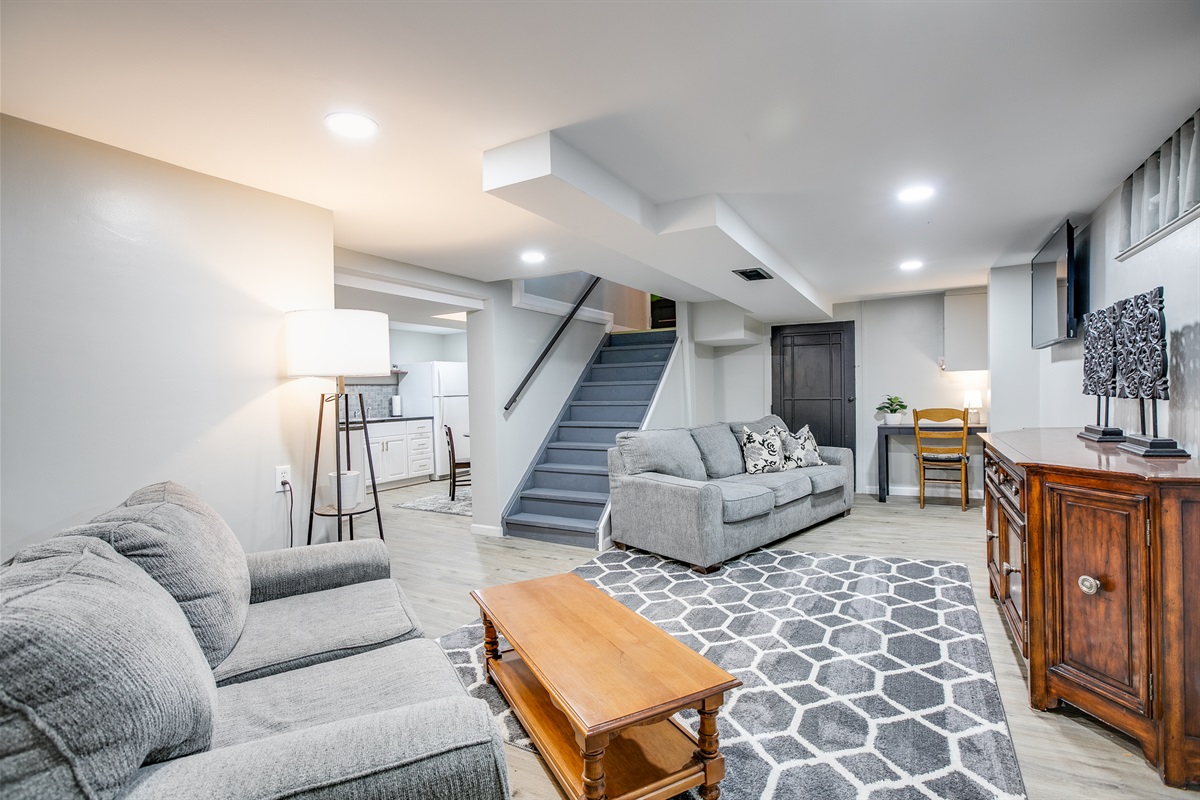
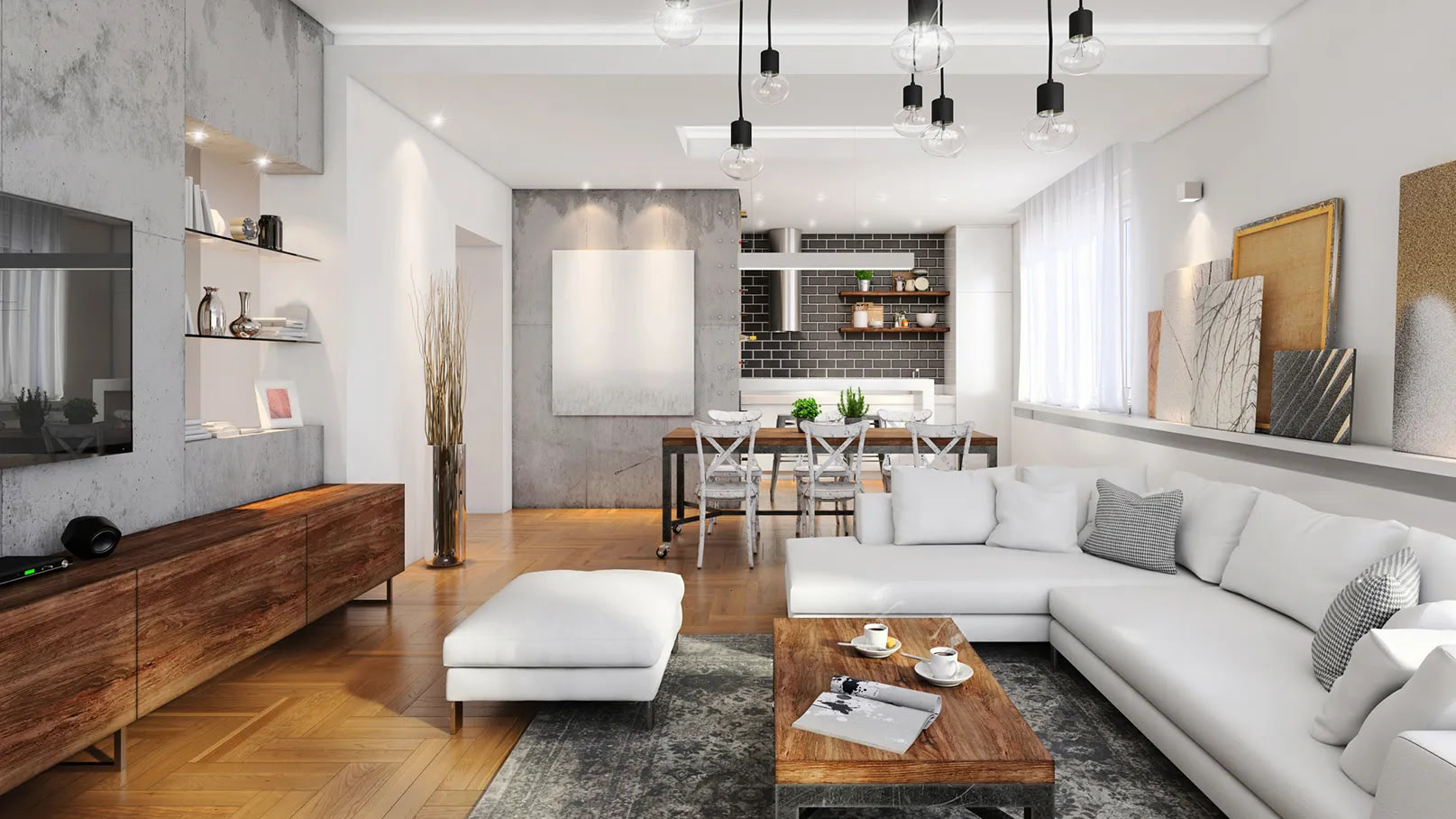
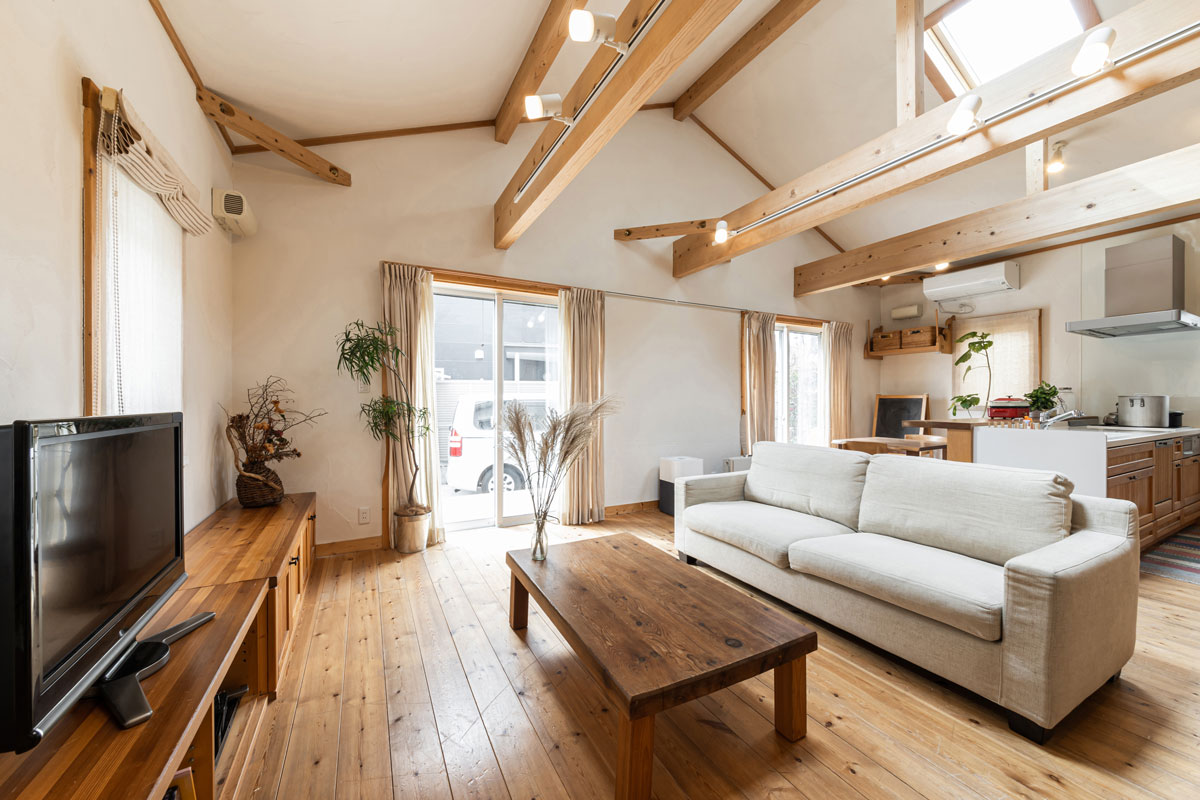
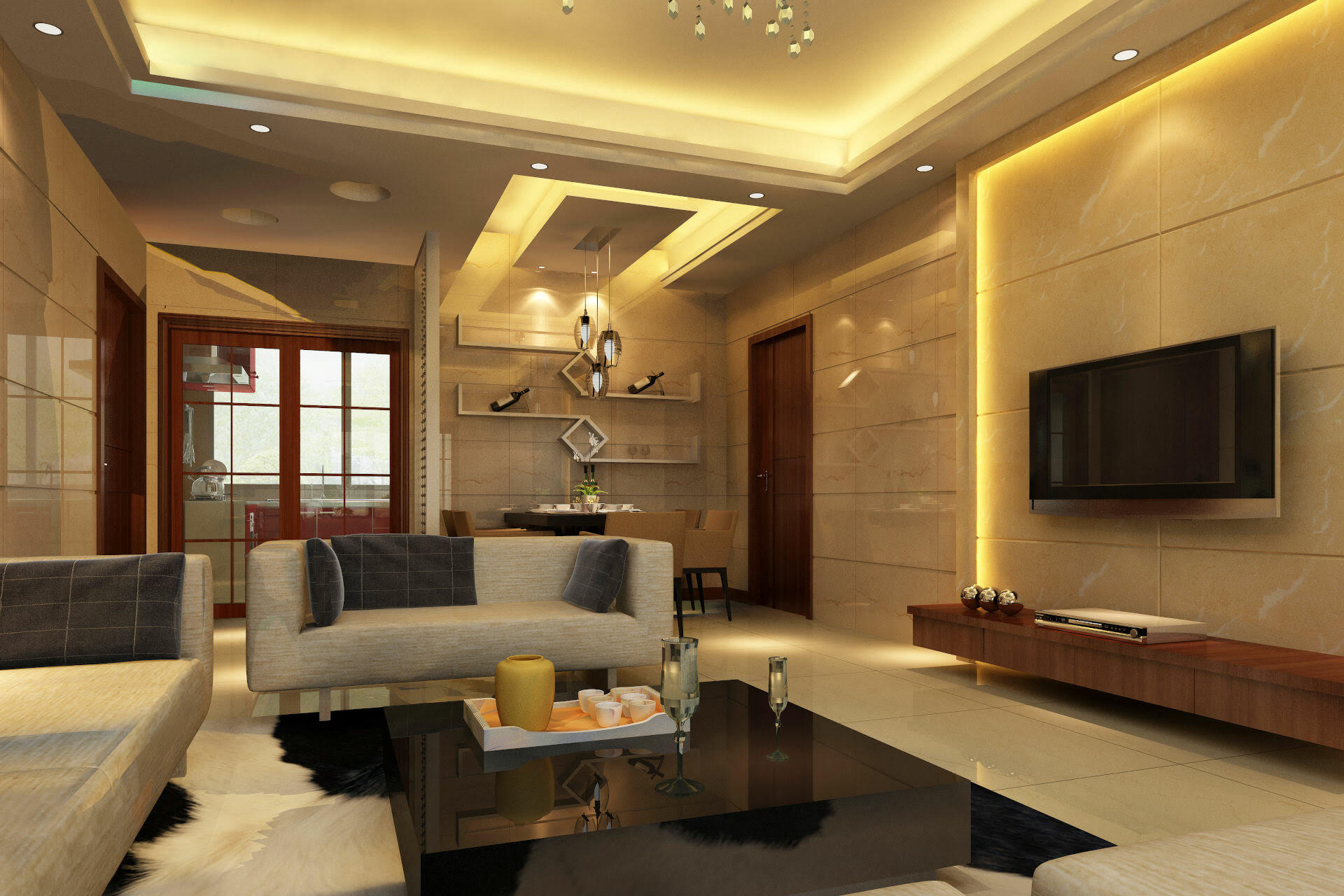
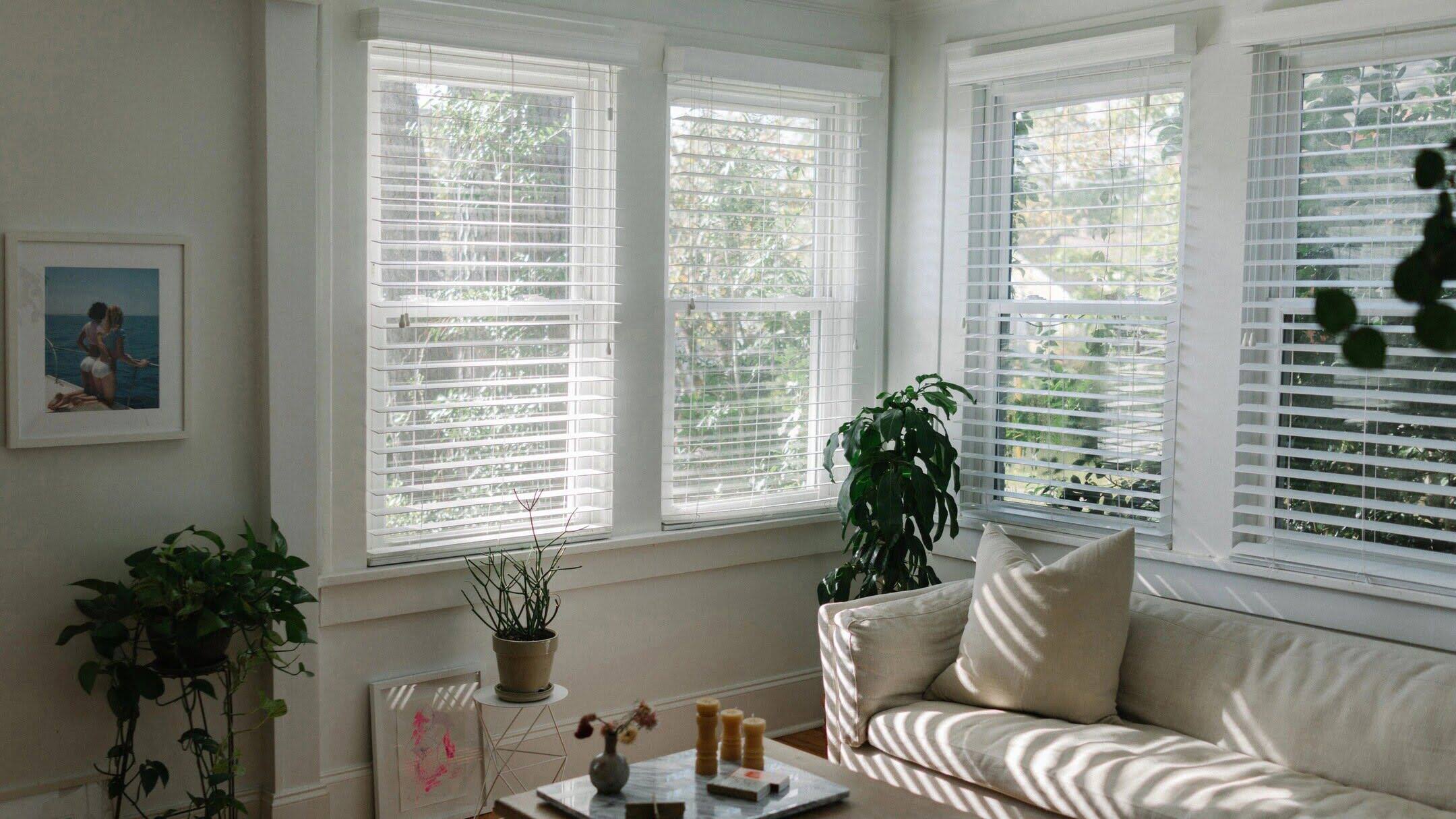
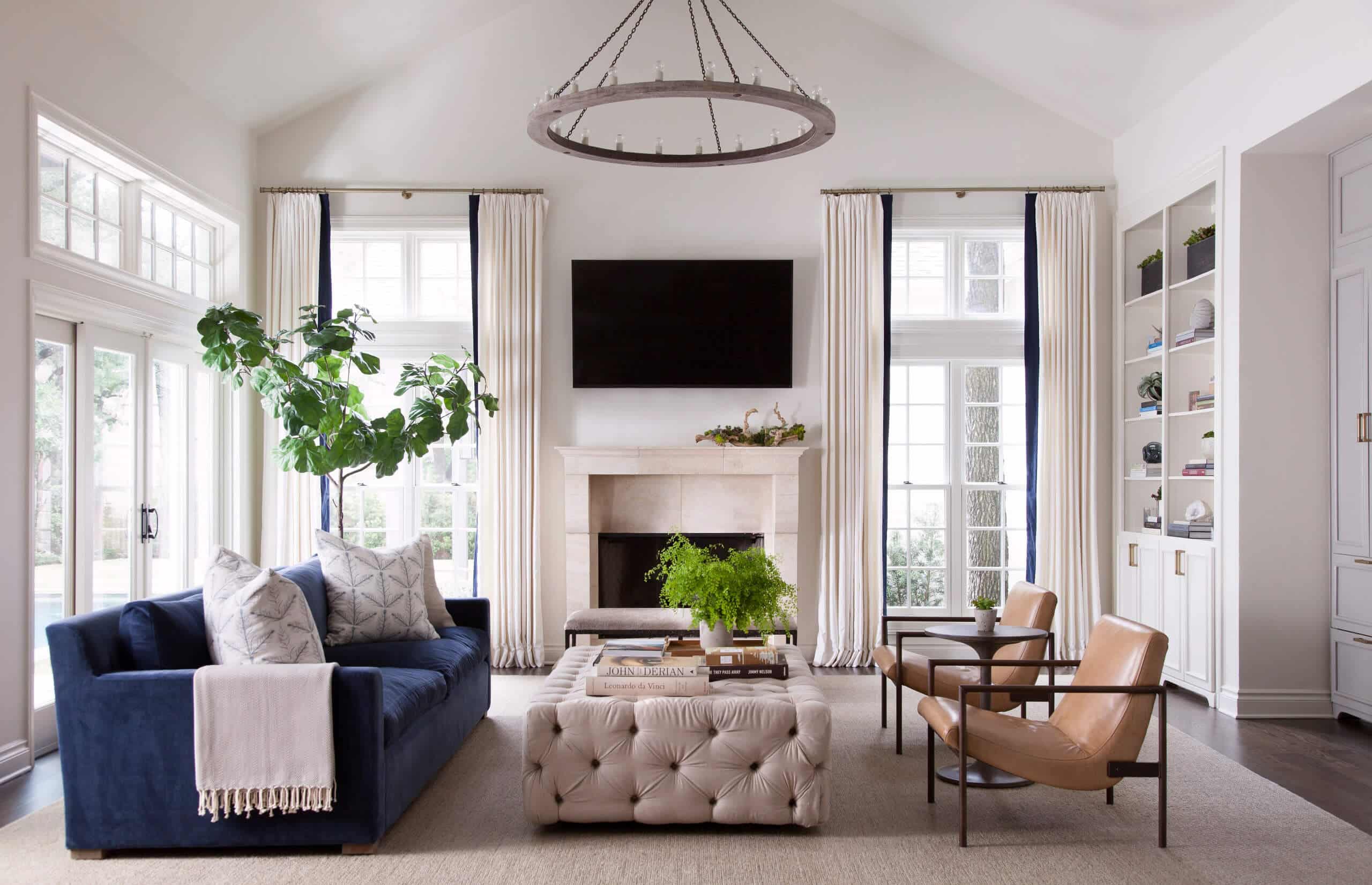
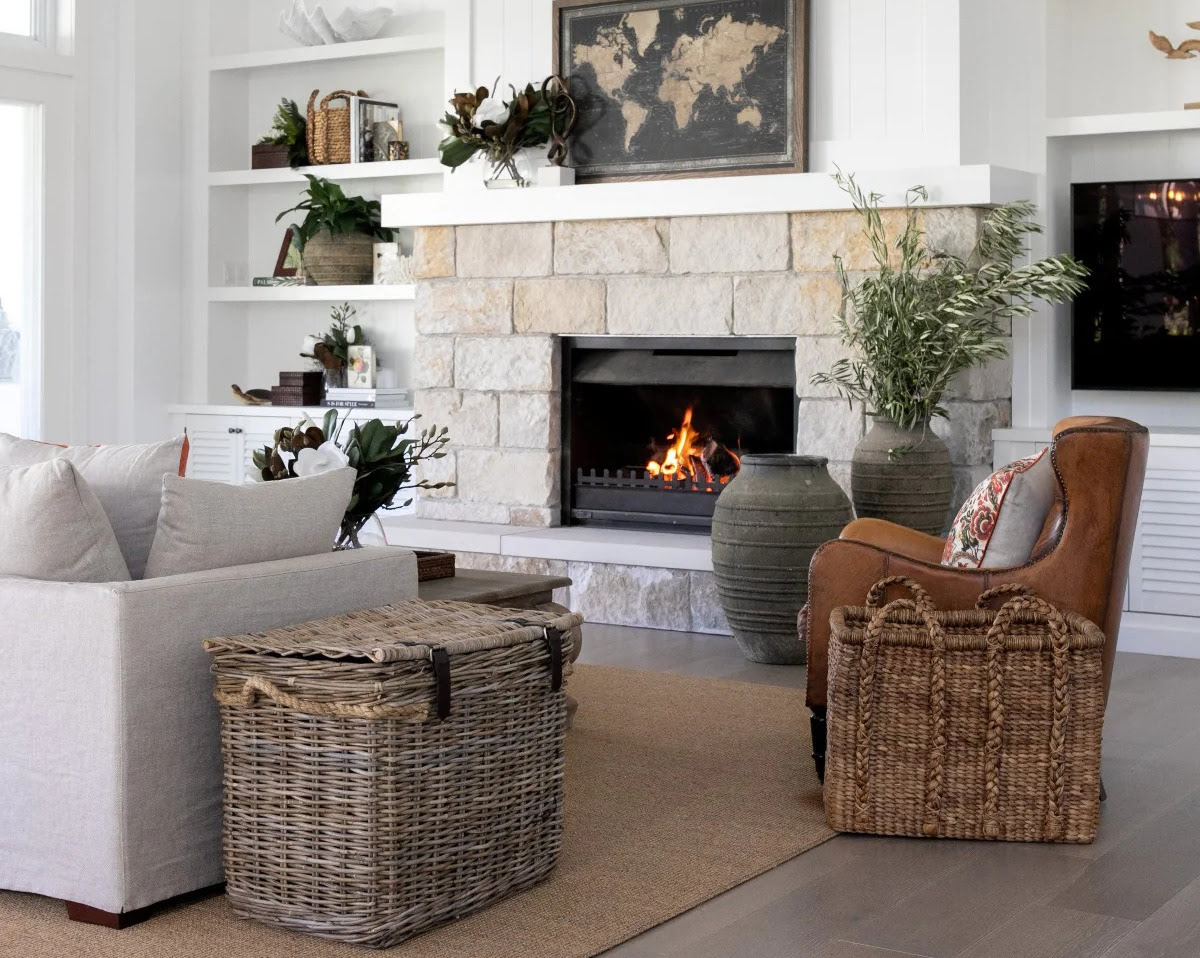
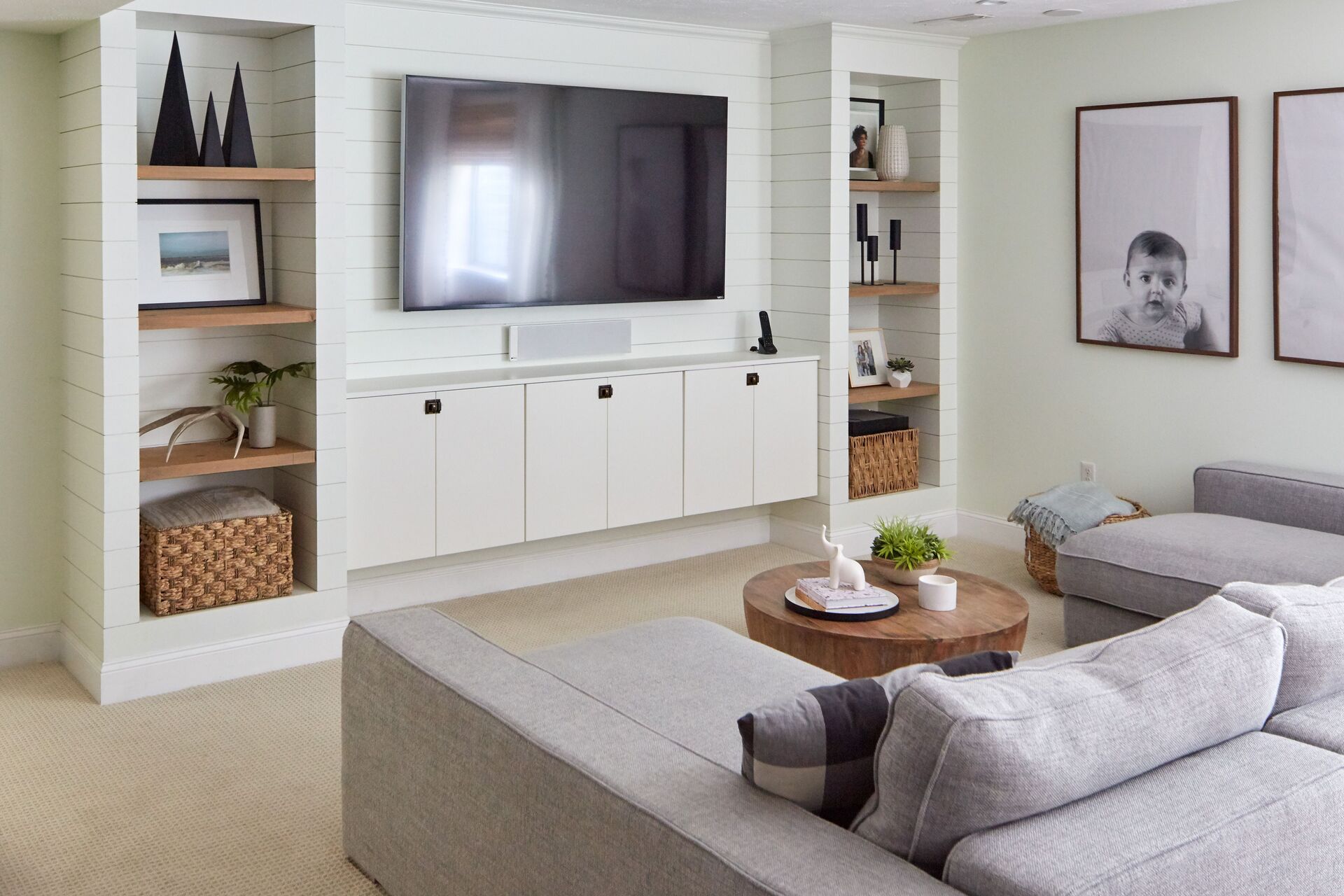
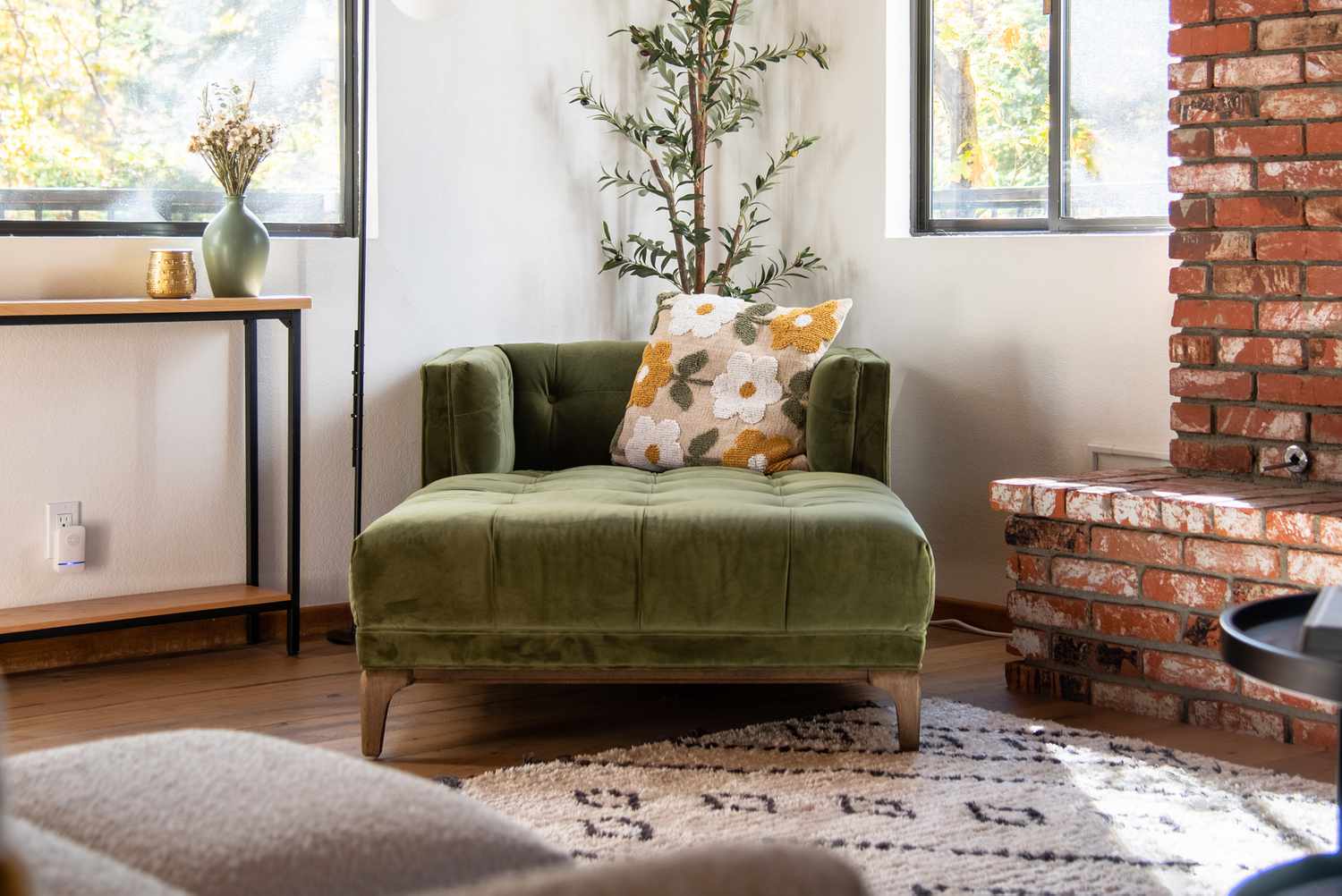
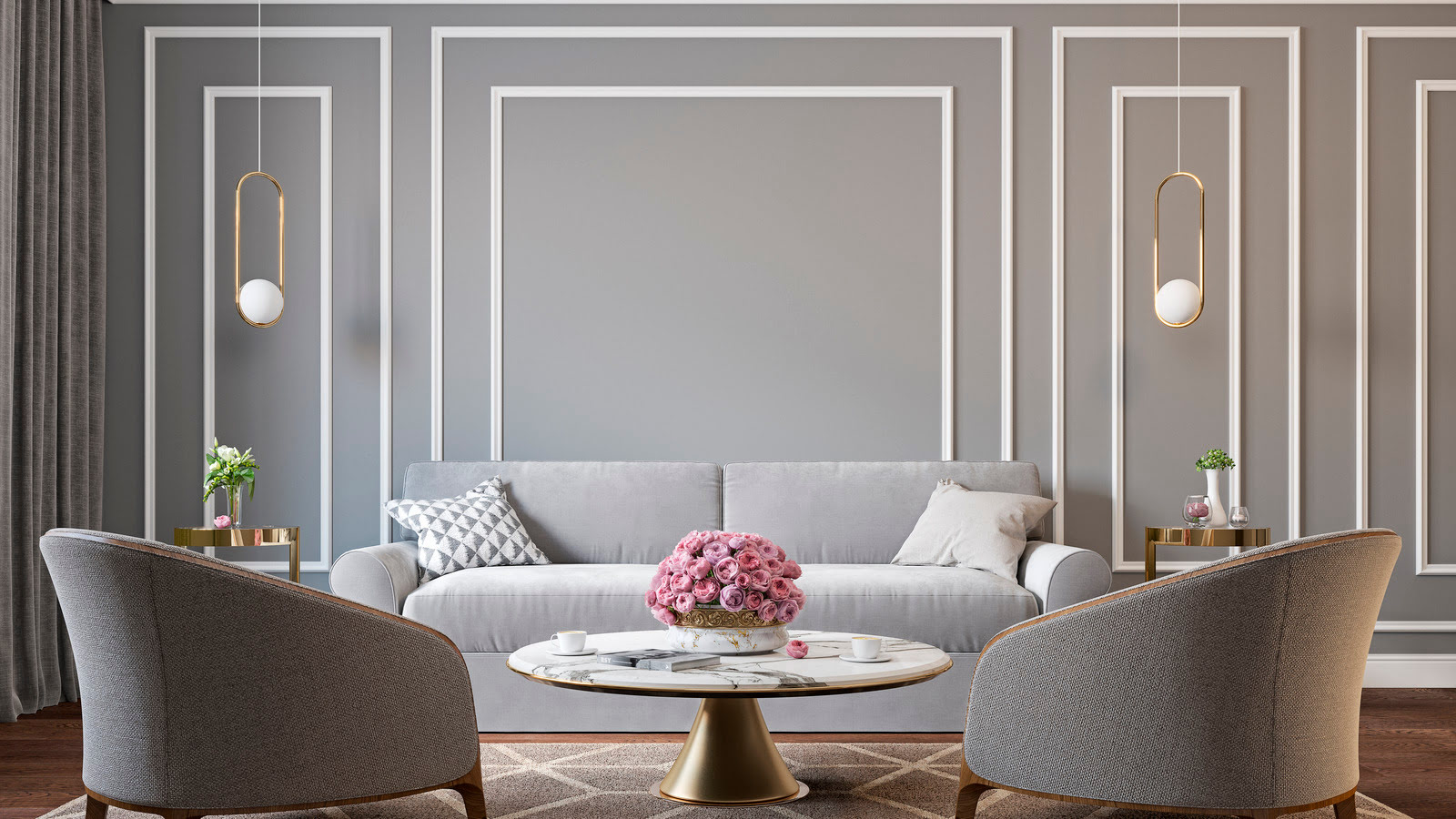
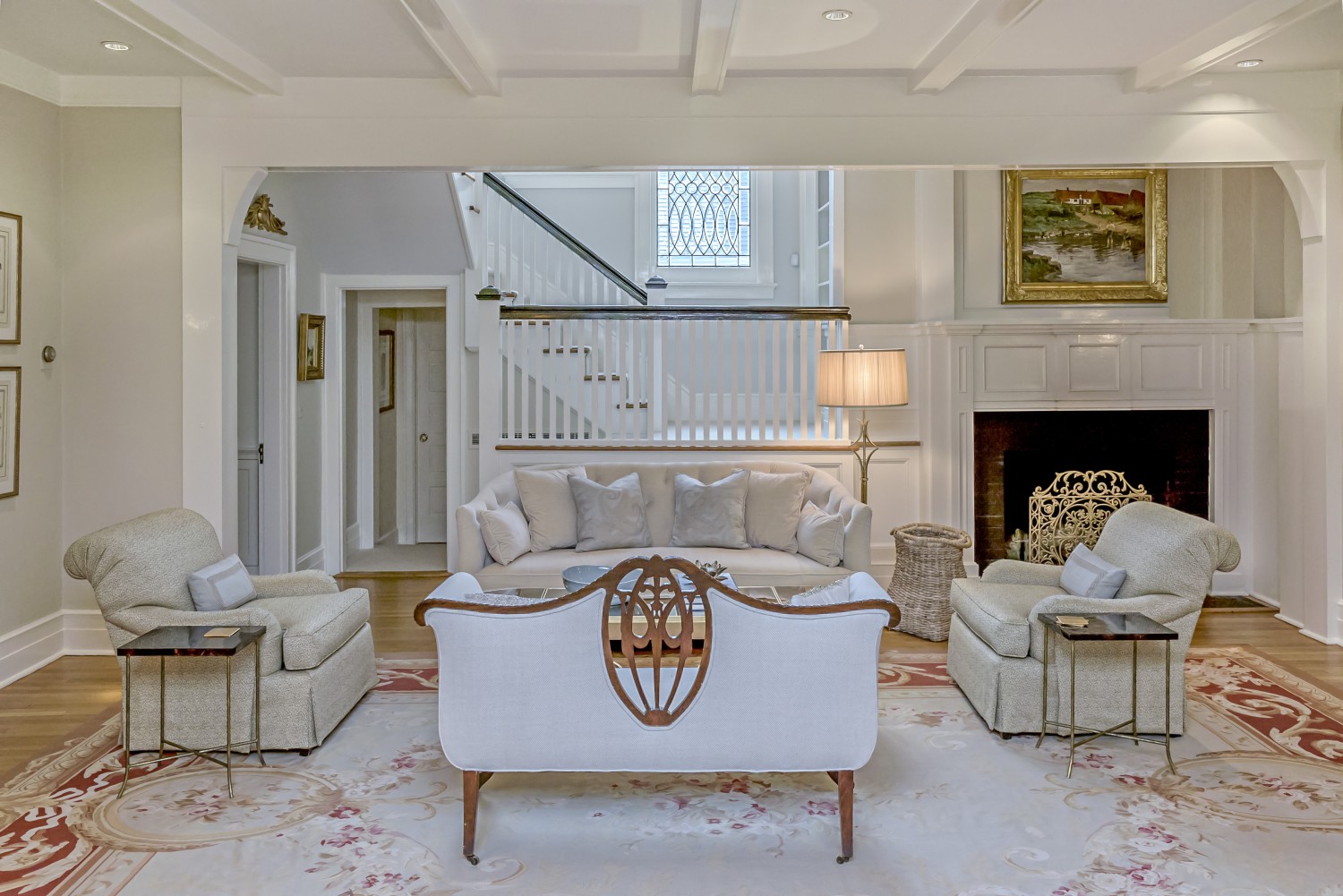
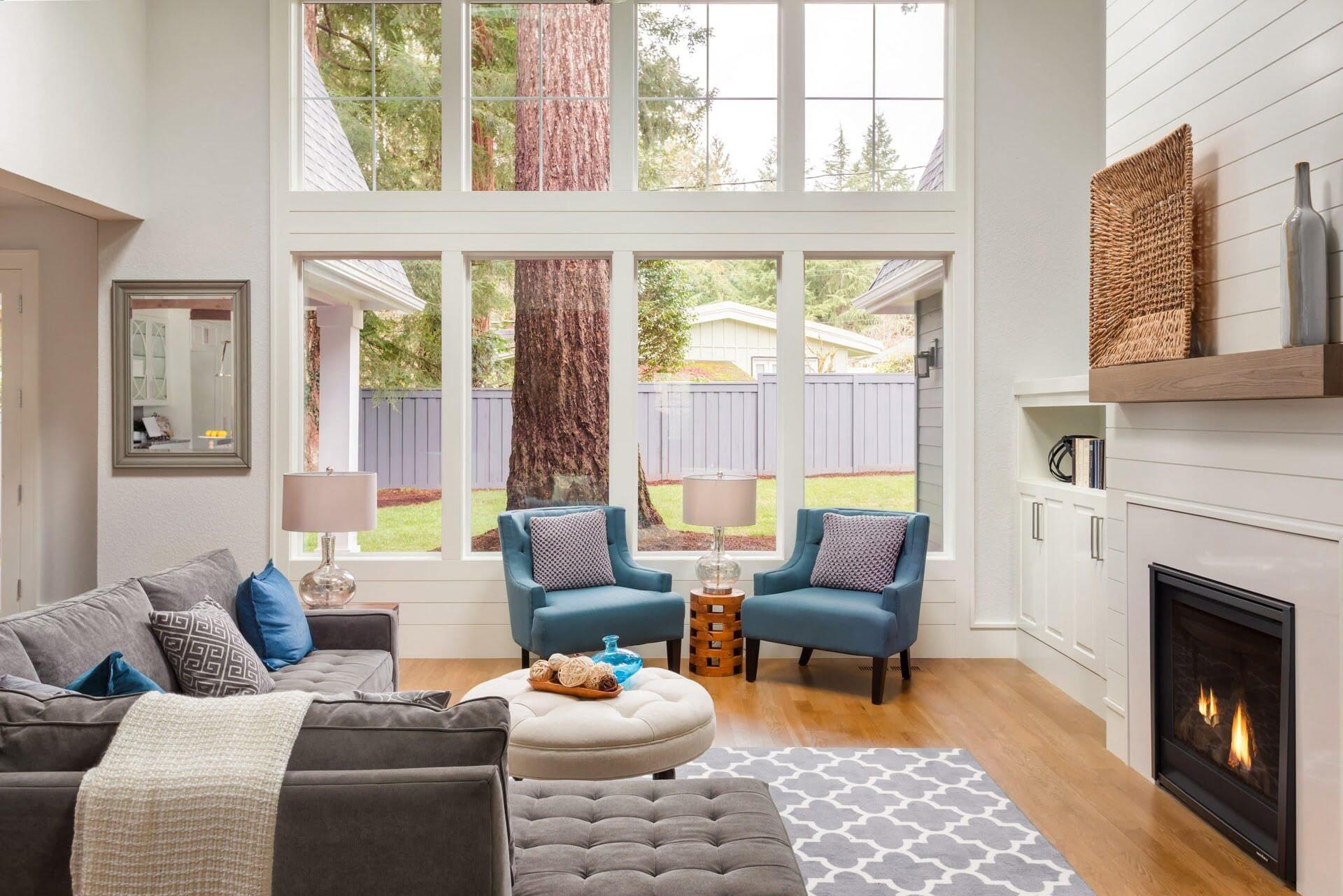
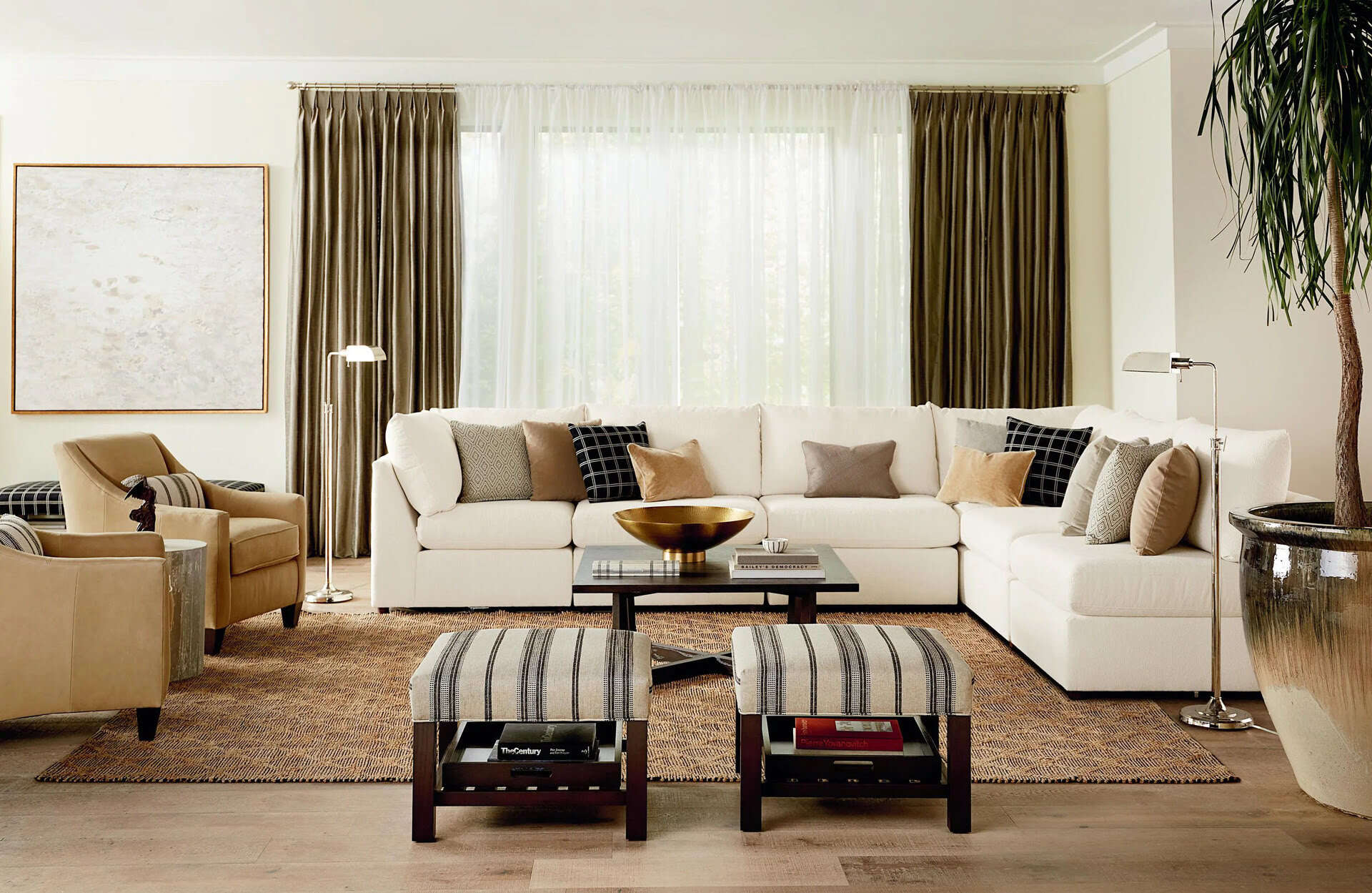

0 thoughts on “What Is A Living Room”